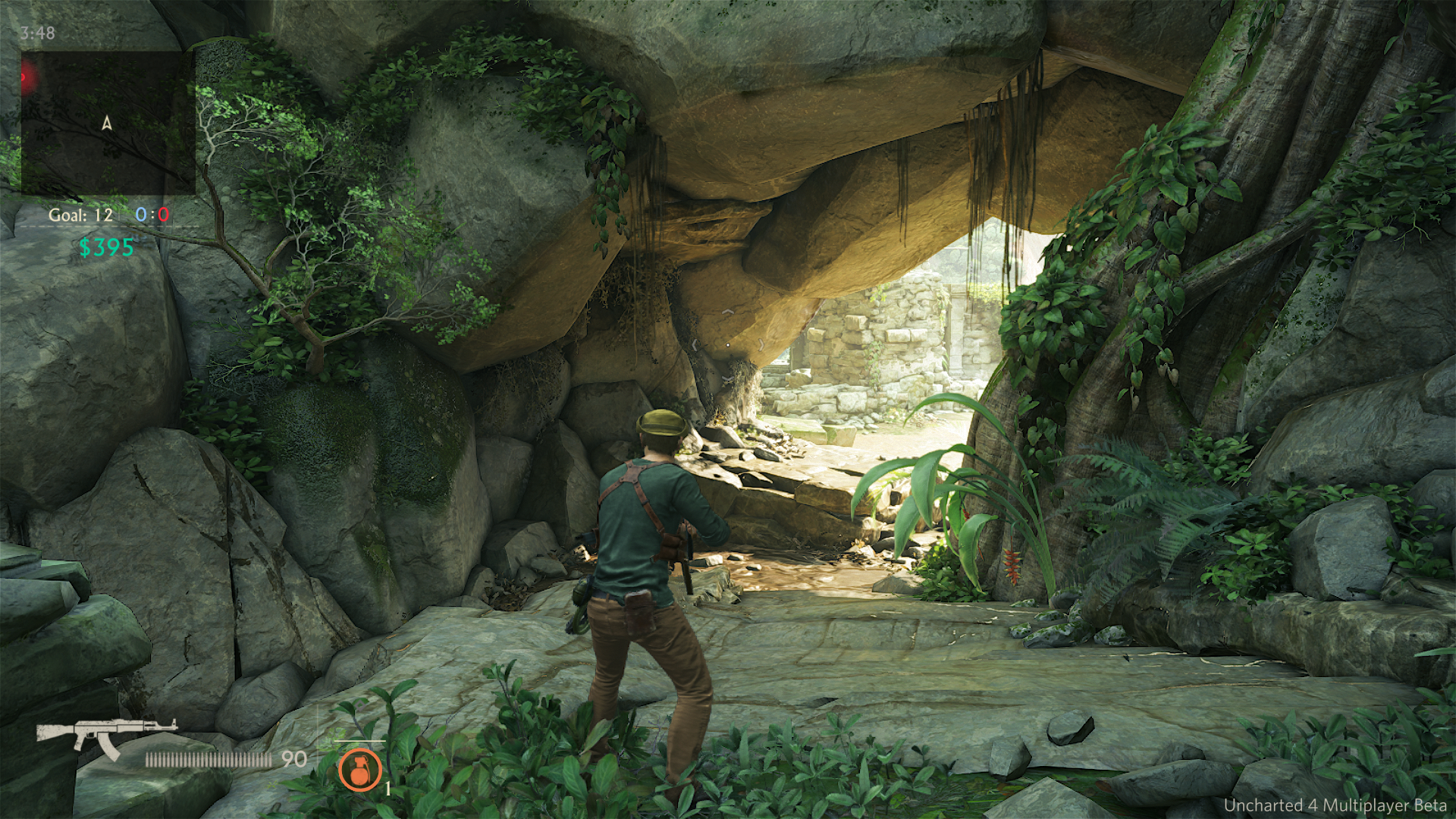morphinapg
Newcomer
Yeah it will produce artifacts on parallaxing objects and fast or erratically moving objects mostly, but for a good majority of the screen it will produce very high quality results, often identical to a true 1080p image (and more often than a 1080i deinterlaced image). But that's because essentially the render is still a full 1080p image in total, it's just split up into fields, and instead of just deinterlacing those fields, motion is properly reprojected using motion vectors from the past few frames. Whereas the Quantum Break renders are all 720p. Overlaying multiple 720p images can produce an image sharper than 720p (similar methods are sometimes referred to as super resolution), but you will never get near the same quality of a true 1080p image. It's a similar technique in terms of reprojection, but the original sampling technique can't reconstruct a 1080p image, unlike Killzone. Overall, I think Killzone's technique is an excellent way to optimize a game designed around 30fps to run at 60fps.







